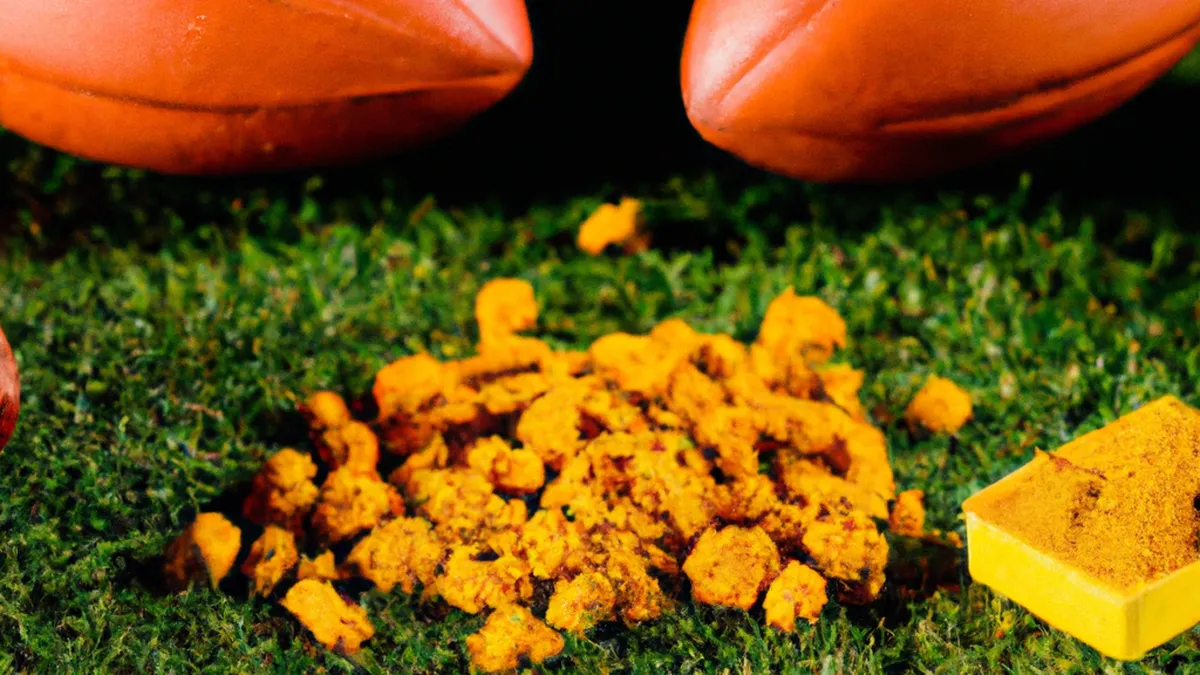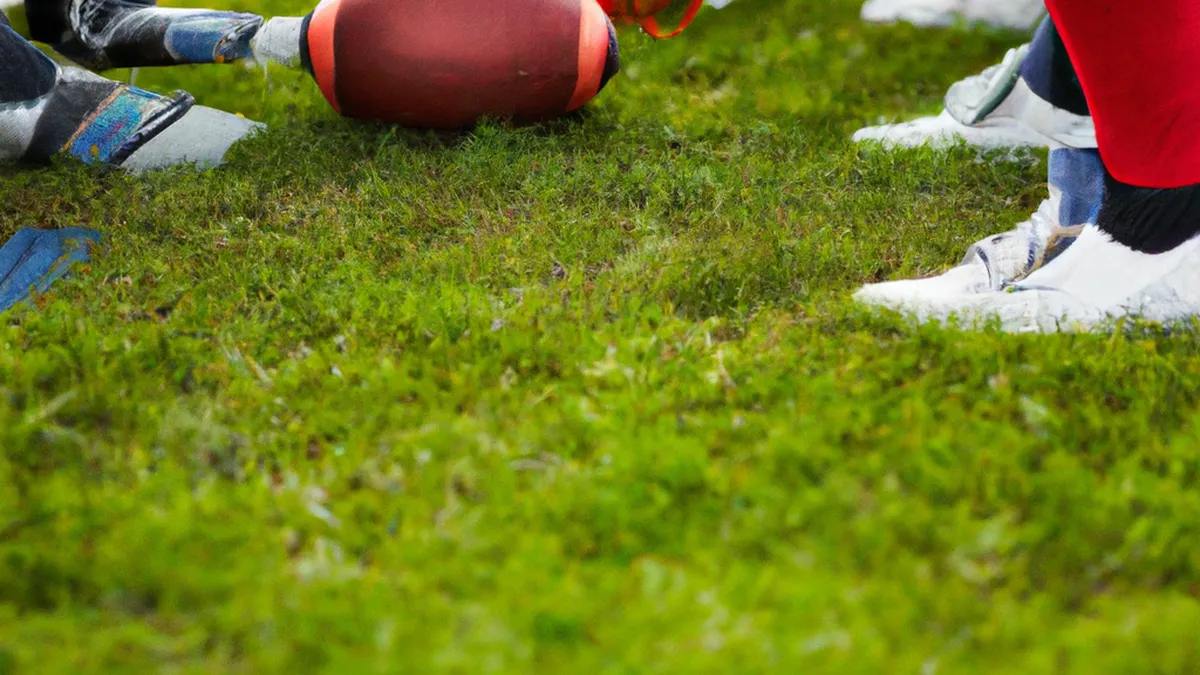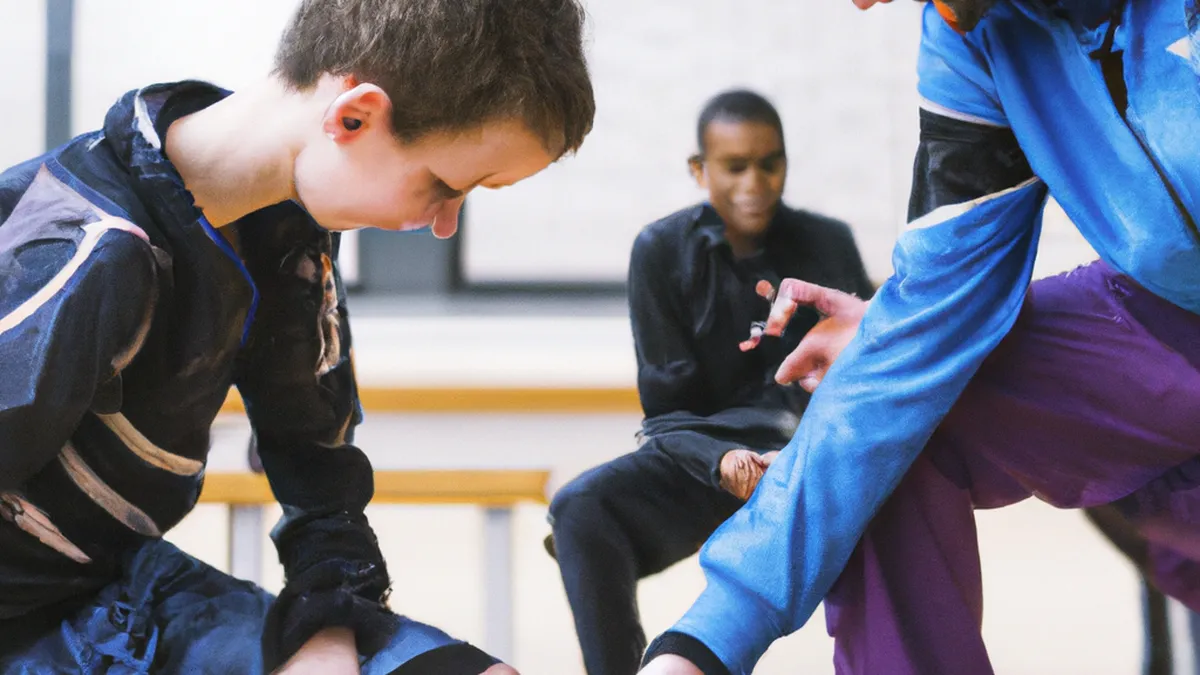Guided Foam Rolling for Targeted Relief
Utilizing Foam Rollers EffectivelyFoam rolling has become popular among fitness enthusiasts and athletes. This self-myofascial release technique relieves muscle tightness, improves flexibility, and enhances recovery. Many individuals struggle to use foam rollers effectively. This guide offers practical tips, expert advice, and key advantages of foam rolling.
Understanding Foam Rolling
Foam rolling uses a cylindrical foam roller to apply pressure to specific body areas. This technique targets fascia, the connective tissue surrounding muscles. Rolling over these areas breaks down adhesions (or knots) in the fascia, improves blood flow, and promotes faster recovery. Foam rolling should feel uncomfortable but not cause sharp pain.
Tips for Effective Foam Rolling
As an Amazon Associate I earn from qualifying purchases.
Gear tip: consider foam roller, massage oil, and massage gun to support this topic.
Choose the Right Foam Roller
Foam rollers vary in density, texture, and size. Beginners should choose softer foam rollers for a gentler experience. These rollers suit those new to foam rolling or with sensitive muscles. Experienced users can benefit from denser, firmer rollers for deeper tissue massage. Textured foam rollers with knobs effectively target trigger points.
Focus on Key Muscle Groups
Target major muscle groups while foam rolling. Commonly rolled areas include the back, thighs (quadriceps and hamstrings), calves, glutes, and hips. Spend extra time on tight or sore areas. If discomfort arises while rolling, you may be on a trigger point. Roll slowly, pausing for a few seconds to allow the muscle to release tension.
Maintain Proper Body Position
Your body position significantly impacts foam rolling. Engage your core to support your spine and maintain stability. When rolling your lower back, avoid excessive arching. Keep your hips elevated for even weight distribution. This position increases effectiveness and reduces injury risk.
Use Controlled Movements
Foam rolling requires patience. Use controlled movements at a slow pace, typically rolling 1-2 inches per second. This slow approach lets your muscles respond to pressure and facilitates better release of tightness. Spend at least 30 seconds on each targeted muscle group for optimal relaxation.
Advice for Foam Rolling Routine
Start Slowly
If you’re new to foam rolling, begin slowly. Start with five to ten minutes of rolling per session. Gradually increase the duration as your body adjusts. Over time, you’ll become comfortable identifying tight spots and can extend your foam rolling sessions.
Conclusion
Foam rolling effectively enhances recovery, improves flexibility, and relieves muscle tightness. Follow these tips to maximize your foam rolling benefits.
Below are related products based on this post:
FAQ
What is foam rolling?
Foam rolling is a self-myofascial release technique that uses a cylindrical foam roller to apply pressure to specific body areas. This method targets fascia, breaks down adhesions, improves blood flow, and promotes faster recovery. It is commonly used by fitness enthusiasts and athletes to relieve muscle tightness and enhance flexibility.
How do I choose the right foam roller?
Choosing the right foam roller depends on your experience level and muscle sensitivity. Beginners should opt for softer foam rollers for a gentler experience, while experienced users may prefer denser rollers for deeper tissue massage. Textured foam rollers with knobs can also effectively target trigger points.
What are the key tips for effective foam rolling?
To foam roll effectively, focus on key muscle groups such as the back, thighs, calves, glutes, and hips. Maintain proper body position by engaging your core and avoiding excessive arching. Use controlled movements at a slow pace and spend at least 30 seconds on each muscle group for optimal results.















Post Comment